Untitled, composition in blue, gray and pale pink
Mixed media on newsprint
Signed on the back
21 x 10 cm
frame: 38 × 27.5 cm
A spiritual painter and fervent defender of modern art, Maurice Morel was born in Ornans in 1908. He discovered a dual vocation at a very young age: priestly and artistic. After finishing secondary school, he left Besançon to settle in Paris in 1927. He met the artists Georges Rouault and Max Jacob, who would become his friends and mentors. The latter, for whom Maurice Morel worked, introduced him to the artistic and literary world of the interwar period. He then collaborated with Jean Bazaine and Alfred Manessier before conducting more personal research.
Maurice Morel exhibited for the first time in 1933 at an exhibition promoting modern religious art held at the Lucy Krohg gallery (Paris 8th arrondissement). Having become an abbot in 1934, he committed himself to a sacred art integrating the upheavals of modern art and, more broadly, to the defense of artists who would become those of the New School of Paris, to which he was also attached. He wrote numerous art critiques and spoke at dozens of conferences, the most famous of which was the 1946 one devoted to Pablo Picasso at the Sorbonne, which earned him the nickname “art priest” from the Canard Enchaîné.
His action took concrete form in the 1950s when Pope Pius XII asked him to consider the creation of a section devoted to modern art within the Vatican Museums. Inaugurated in 1973, it is the symbol of the Church's acceptance of a non-figurative representation of the Gospel.
Abbé Morel favors small formats made on recycled makeshift supports like pages cut out of magazines and other cardboard. He uses various brush techniques (gouache, wax, oil pastel, watercolor) but also felt-tip pens and ink. He confesses a “great appetite for colors” that appeared during childhood.
He was decorated by André Malraux in 1968 for the cultural influence of his action.






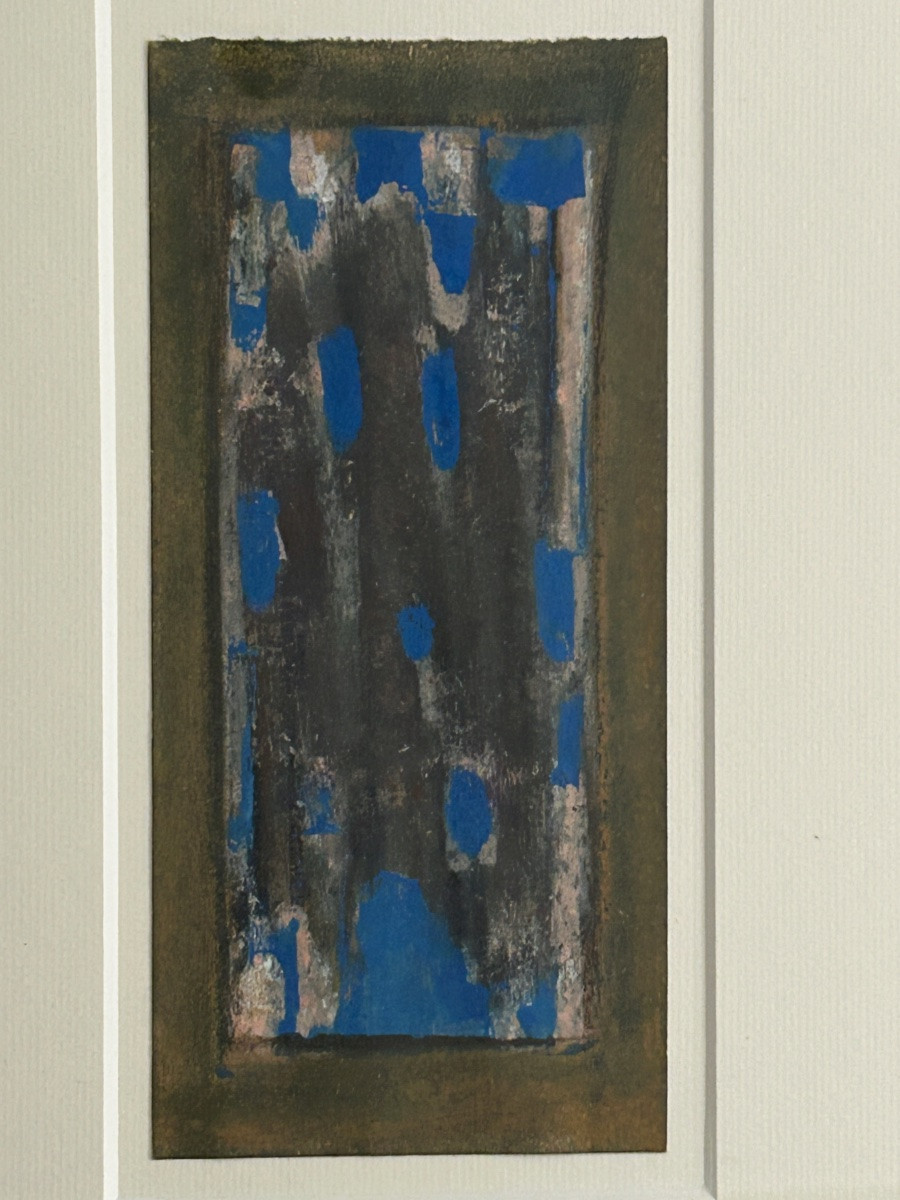






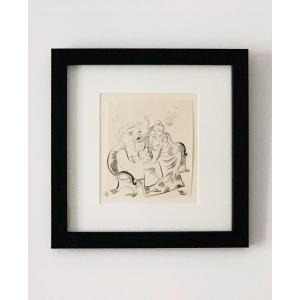
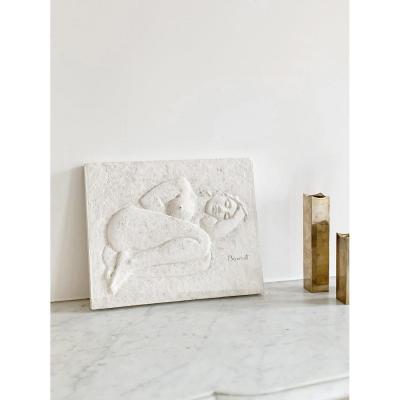






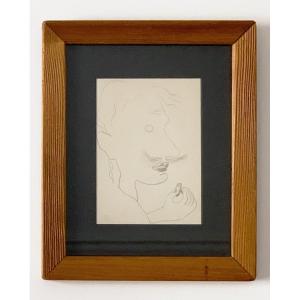


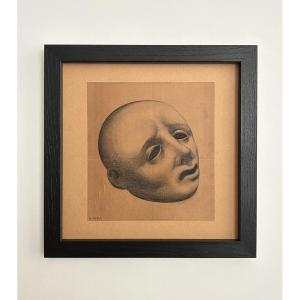
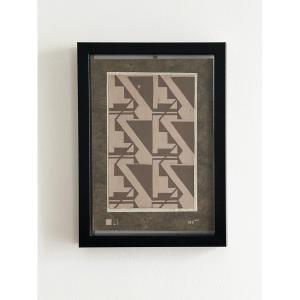

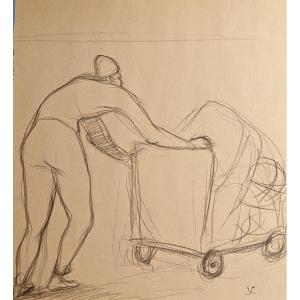

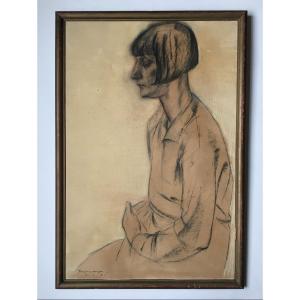





 Le Magazine de PROANTIC
Le Magazine de PROANTIC TRÉSORS Magazine
TRÉSORS Magazine Rivista Artiquariato
Rivista Artiquariato